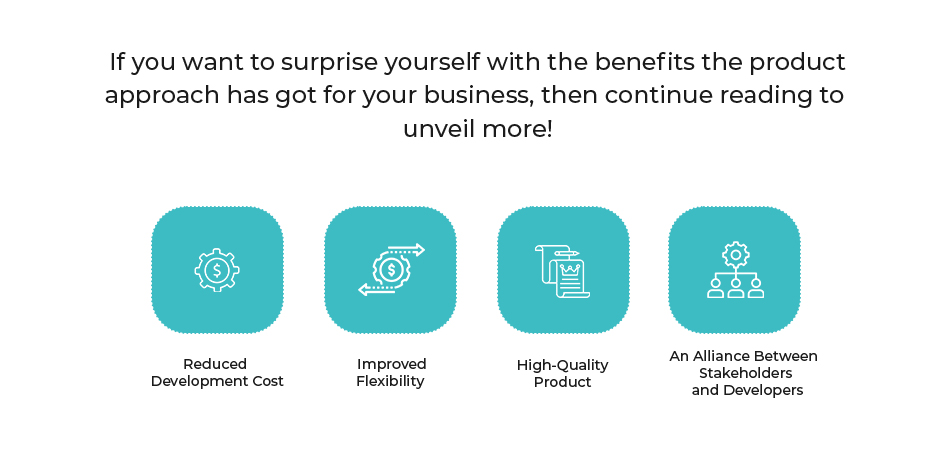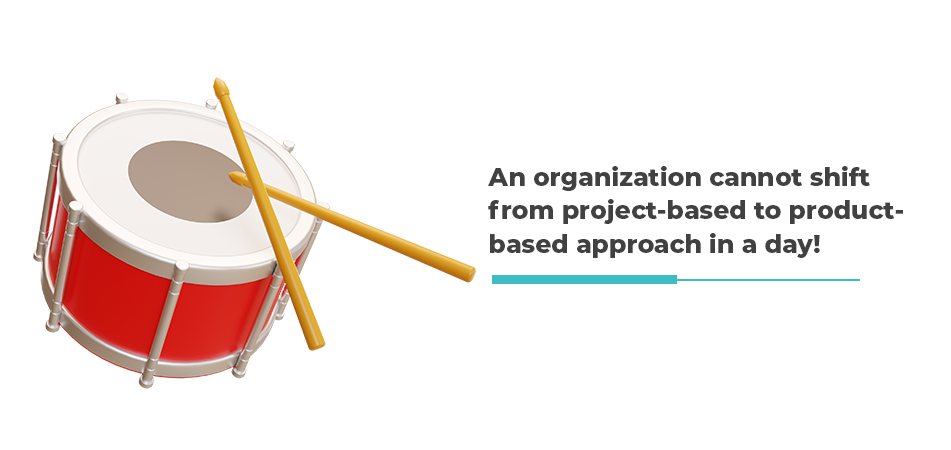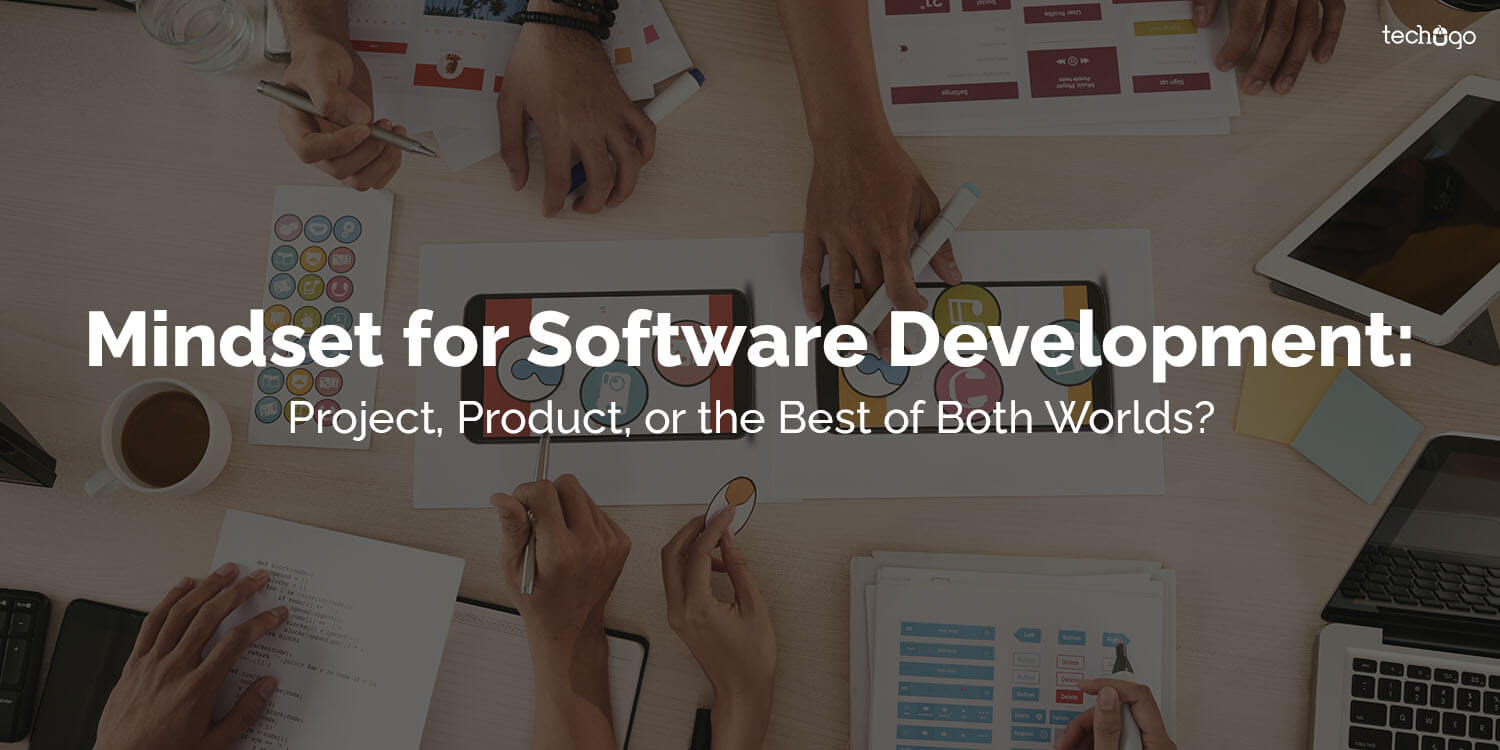You must have heard business people say that ‘customer is king,’ and they should be satisfied by a business for it to succeed. In short, customers have the power to make or break your business!
Do you agree?
It is precisely one of the reasons businesses started building their digital space to add convenience to consumers’ lives, since shopaholics no longer preferred making time to visit a brick-and-mortar store. As a result, organizations introduced new and extraordinary mobile apps to serve their customers online and build exceptional communication with them for good!
However, there are a whole lot of other factors that are significant to consider to victoriously conclude the process of software development.
What are these factors, you ask?
Notably, most of them revolve around the product to be made. A product-oriented approach prioritizes its customer’s preferences. However, on the other hand, firms also tend to adopt a project-oriented approach, which emphasizes the ‘on time, on budget, on scope’ mantra!
Have you ever thought about what’s most suitable for your organization? For you to figure out the same, it is vital to know the gap between the two.
If you’re interested to learn more, this article is the pixie dust you need. So, let’s get started!
About Product-Oriented Approach
Being a practical and adaptive approach, a product-oriented mindset is all about fulfilling business targets, needs, and expected outcomes. This framework anticipates the entire software development team to follow the same vision and prioritize delivering value to end users.
In simple words, the product-based approach emphasizes delivering quality in place of just meeting the deadlines.
About Project-Oriented Approach
A project-oriented approach has its deadlines and deliverables set pre-hand. Moreover, it focuses on determining the software development budget and project specification.
This mindset is most likely to blur the user’s needs and might not match up with the desired outcome.
Why Must Businesses Opt for Product Over Project Approach?
According to reports, more than 85% of firms prefer product-centric apps over the project due to the flexibility it has to offer and enhanced consumer experience.
But this is not it!

1. Reduced Development Cost
Project-based software development work in phases that have specified start and stop dates. Additionally, the plan is quite rigid, which means even the slightest change in any feature or any other unplanned alteration might not fit the project mindset. Therefore, it accelerates the risk of product inappropriateness.
On the other hand, product-based development relies on user needs. Therefore, the entire mechanism is planned beforehand and alterations are made based on user feedback. Thus, it saves a lot of time and redevelopment costs.
2. Improved Flexibility
Project-based developments offer the least flexibility and target documenting the solution specs.
While the product-oriented approach revolves around the ‘scope of improvement’ principle. As mentioned earlier, plans are drawn in advance, and enhancements are introduced based on users’ and stakeholders’ evaluations. Thus, deadlines do not dominate the development procedure, making it a flexible framework.
3. High-Quality Product
What happens when a team is more concerned about meeting deadlines than delivering quality?
The answer is quite simple- tasks are squeezed for completion on time, which is why the project development is unable to reach its maximum potential and deliver excellence.
Product development brings together an entire team to work towards the same objective, delivering impeccable solutions.
4. An Alliance Between Stakeholders and Developers
Project management might not be able to bridge the gap between the development team and its clients. Do you know why?
It is because the priority of the team is to dictate project status and spending in place of its value.
While product teams cultivate a stable relationship with their stakeholders. There’s a flawless alignment between the two, which also makes decision-making much easier and more effective.
How to Form a Product-Oriented Organization?

However, to build a culture that prioritizes its clients, delivers quality, and conveys excellence in whatever they do, there are a few practices that must be followed.
What are they?
DRUMROLL!
Here’s the secret sauce:
1. Form an Alignment Between IT and Business
The product-centric approach demands transparent communication from both- stakeholders and app developers. Both parties are free to articulate their opinions and visions to come up with a robust strategy.
Therefore, to maintain clarity of communication, a firm must set up roles in a manner that bridges the gap between IT and business. For instance, a product manager and business analysts are primarily responsible for the business component; however, tech leads and architects too have a significant role to play on the technical side.
2. Embrace the Innovation
The product approach comes with a change-ready attitude, meaning improvements have to be introduced unless the product is finely refined. However, the team must not always follow continuous or frequent changes. In fact, every alteration must be validated by the specialists for a smooth app development process.
3. Boost Domain Expertise
A team for delivering projects is formed on a random criteria based on a team member’s availability. However, a dedicated and expert team is allotted to work on a product and to own the end-to-end software development process. It allows domain expertise to work on the product and leads to a better understanding of objectives.
4. Prioritize Customer Centricity
For a product-oriented approach to work successfully, the team must prioritize customers in place of the system. Notably, the entire development ecosystem is guided by consumers’ feedback. Therefore, customer-centricity must be prioritized for a team to acquire a greater customer point-of-view on the product.
Project, Product, or Both?
Indeed, adopting the product-based approach does not project that a team should forget the deadlines or overlook the system. On the contrary, the product approach prioritizes user experience; however, a balance of IT and business must be maintained.
Are you looking forward to hiring the top mobile app development company that uses the product-first approach without overlooking project-based requirements?
Techugo is all ears!
If you want to start your product transformation today, contact us and schedule your first consultation.
Happy innovation!
Post Views: 4,022




 SA
SA
 KW
KW
 IE
IE AU
AU UAE
UAE UK
UK USA
USA
 CA
CA DE
DE
 QA
QA ZA
ZA
 BH
BH NL
NL
 MU
MU FR
FR



























